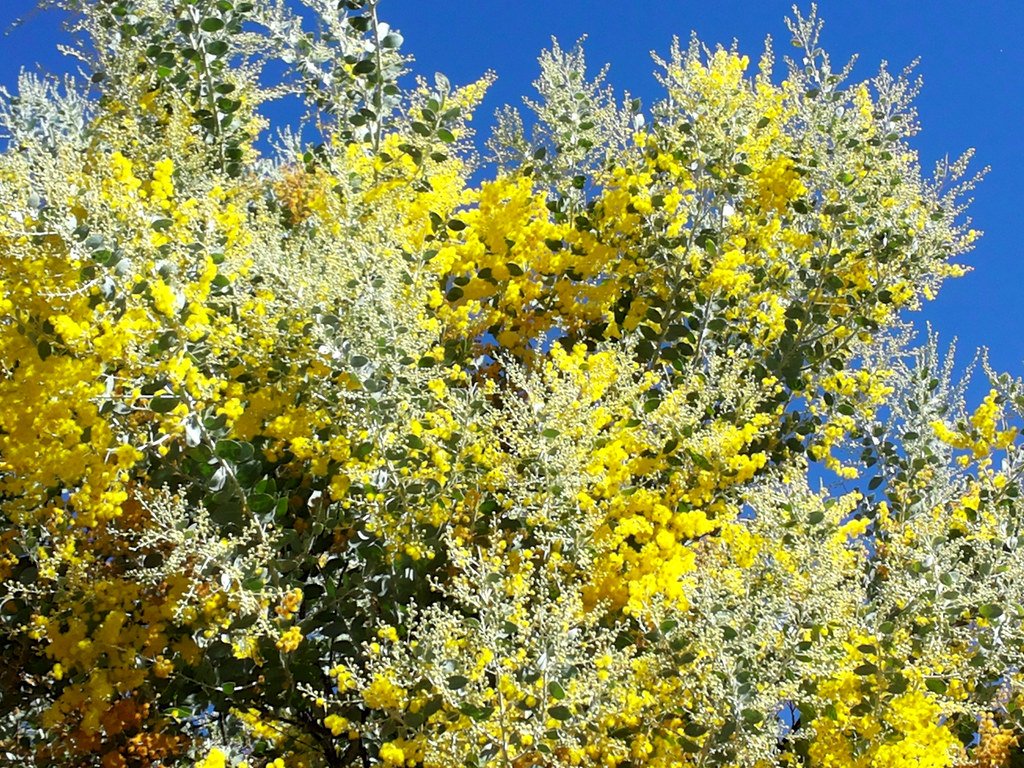Have you ever wondered what the land beneath your feet looked like before cities and farmland transformed its face? Imagine stepping onto a sweeping plain filled with golden wattles, purple yam daisies, and the intricate web of life that once covered vast tracts of Australia. This is not just a scene from the distant past—it’s a vision of hope, resilience, and the untold stories of landscapes shaped by millennia of Aboriginal stewardship. The return to pre-colonial plant ecologies is more than a restoration project; it’s a journey into understanding how people and plants once thrived together in delicate balance, a story as inspiring as it is urgent for our changing world.
The Rich Tapestry of Pre-Colonial Landscapes
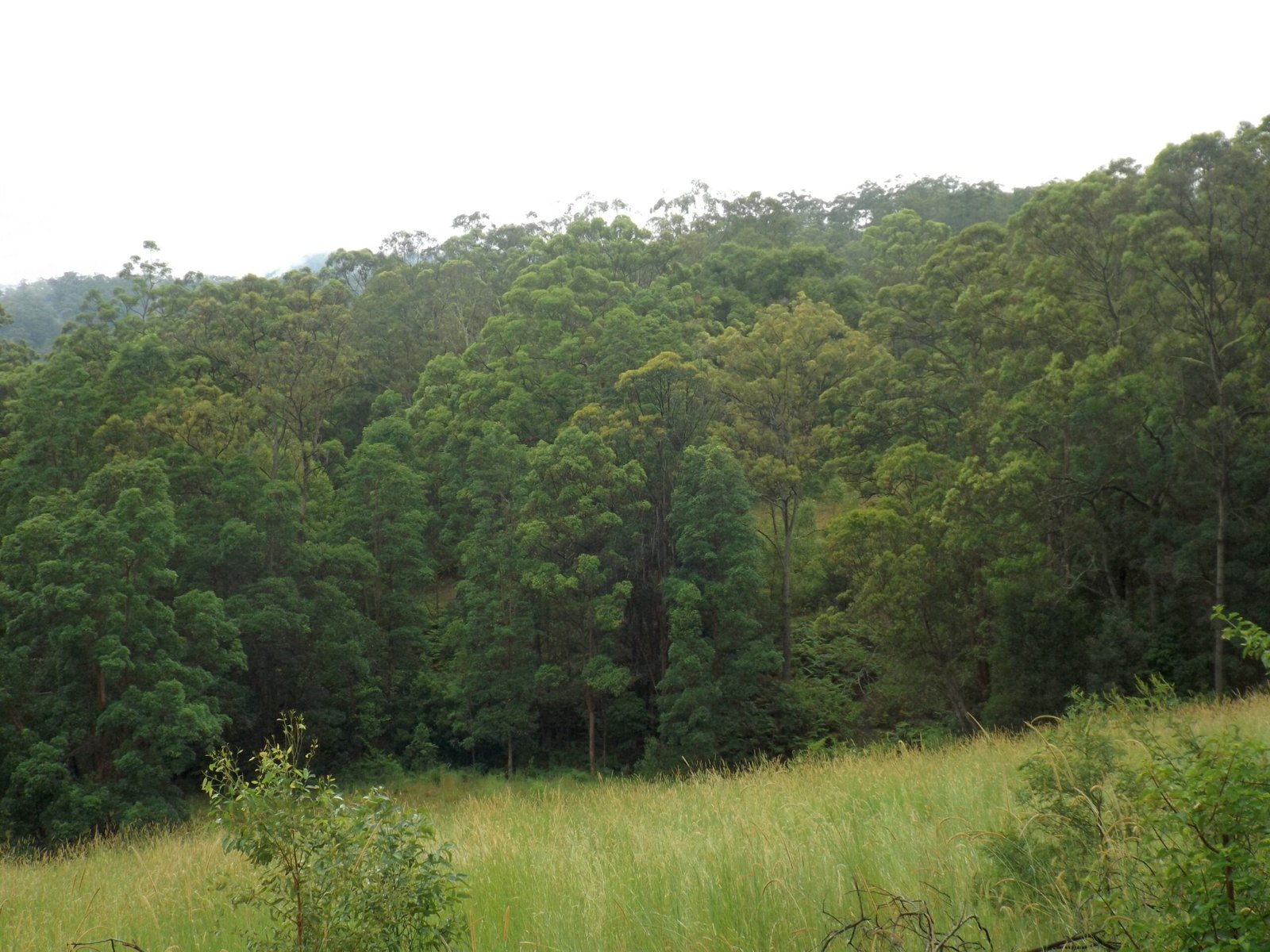
Long before fences and roads carved up the terrain, Australia’s landscapes were a patchwork quilt of diverse ecosystems. Open woodlands, grassy plains, and wetlands teemed with a dazzling array of native plants. Wattles glowed in the sunlight, their yellow blossoms signaling the changing seasons. In the understory, yam daisies once carpeted the ground, their tubers a staple for Indigenous communities. Each region boasted its own unique blend of flora, intricately maintained by fire, harvesting, and deep ecological knowledge. These landscapes were not wild in the sense of untouched, but rather actively nurtured, carefully balanced, and deeply loved.
The Role of Aboriginal Land Management
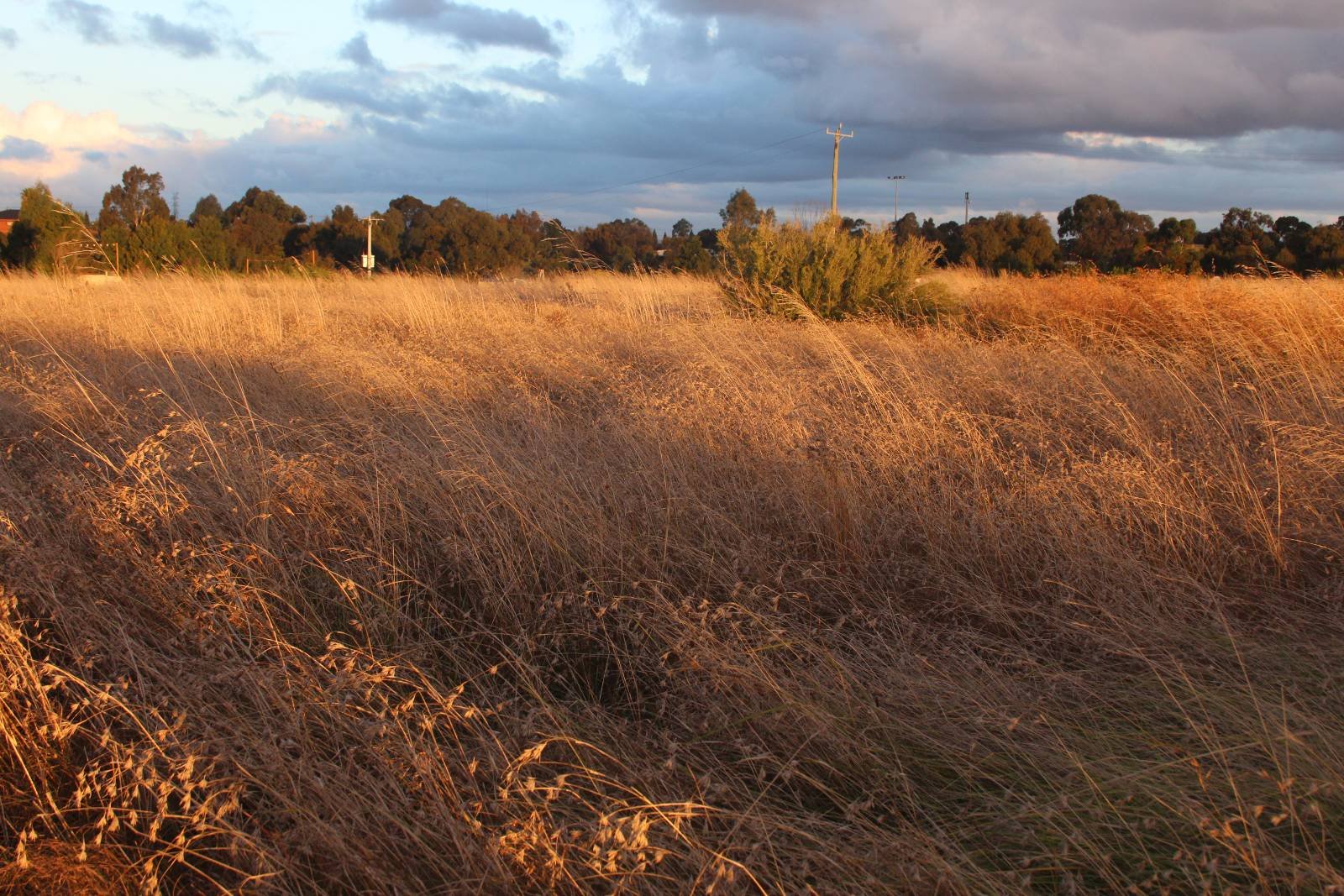
For tens of thousands of years, Aboriginal Australians were the architects of their environment. Through practices such as cultural burning, selective harvesting, and replanting, they shaped the botanical landscape with a sophistication that astounds modern ecologists. Fire was used not to destroy, but to renew; it encouraged new growth, controlled pests, and maintained open grasslands. By harvesting yam daisies and other edible plants in ways that promoted regrowth, Aboriginal people acted as stewards, ensuring abundance for generations. Their knowledge was passed down through stories, ceremonies, and daily practices, creating a living legacy of sustainability.
The Disappearance of Yam Daisies and Other Key Species
With European colonization came sheep, cattle, and plows that tore through delicate root systems. Yam daisies, once so widespread they were likened to fields of gold, quickly vanished from many regions. Trampled by livestock and outcompeted by invasive grasses, these nutritious tubers became a rare sight. Wattles and other native plants faced similar fates, pushed aside for crops and pasture. The loss wasn’t just botanical; it was cultural and ecological, as vital food sources and traditional practices faded with the changing landscape.
The Science Behind Restoration
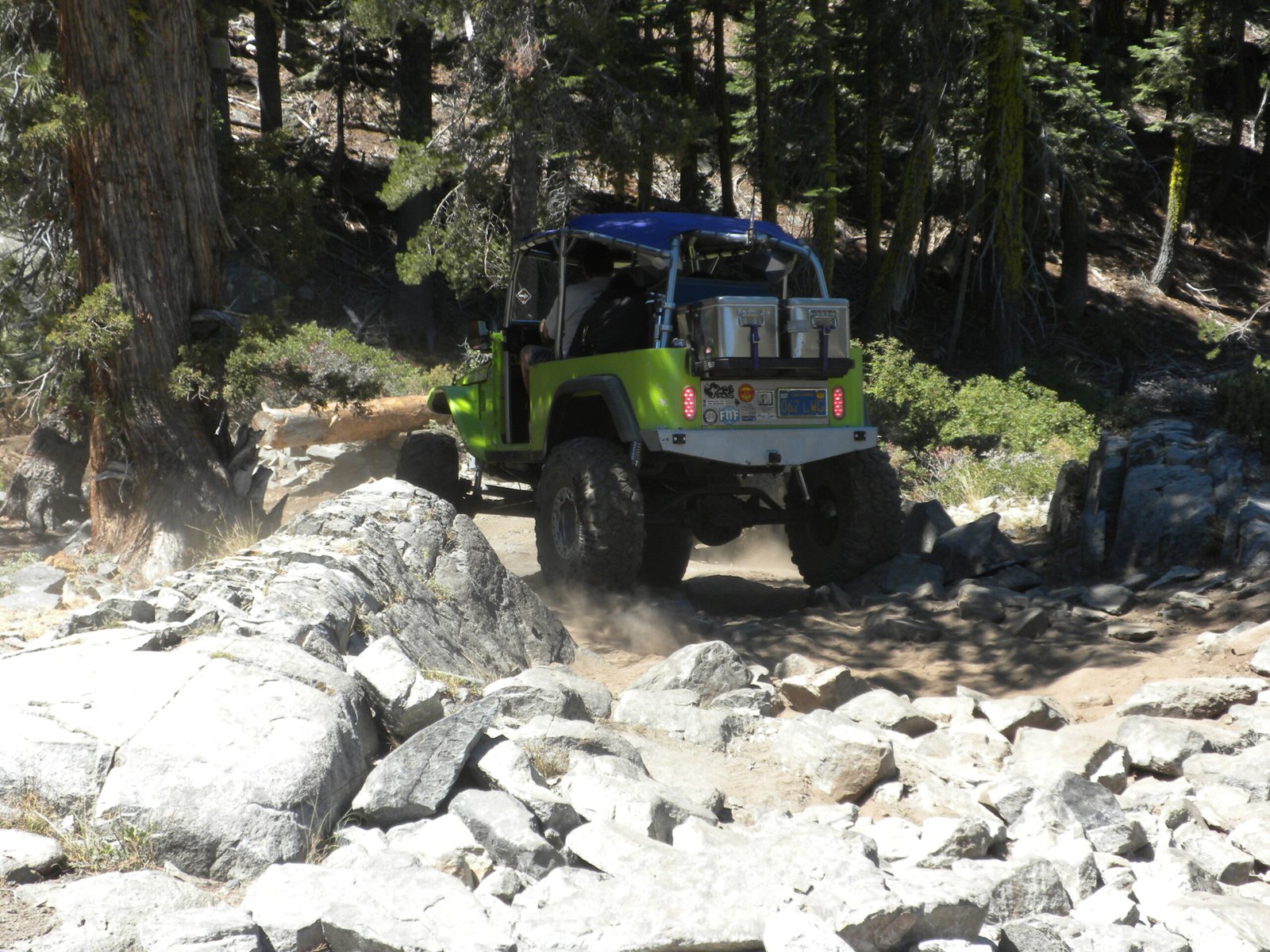
Restoring pre-colonial ecologies requires more than just planting seeds; it demands a deep understanding of complex interactions between soil, climate, plants, and people. Scientists and Indigenous experts work side by side, using historical records, oral histories, and ecological monitoring to guide their efforts. Restoration projects often begin with removing invasive species and reintroducing fire regimes that mimic traditional practices. Research into plant genetics helps ensure that reintroduced species are adapted to local conditions. Every successful restoration is a living experiment, blending ancient wisdom with cutting-edge science.
The Comeback of the Wattles
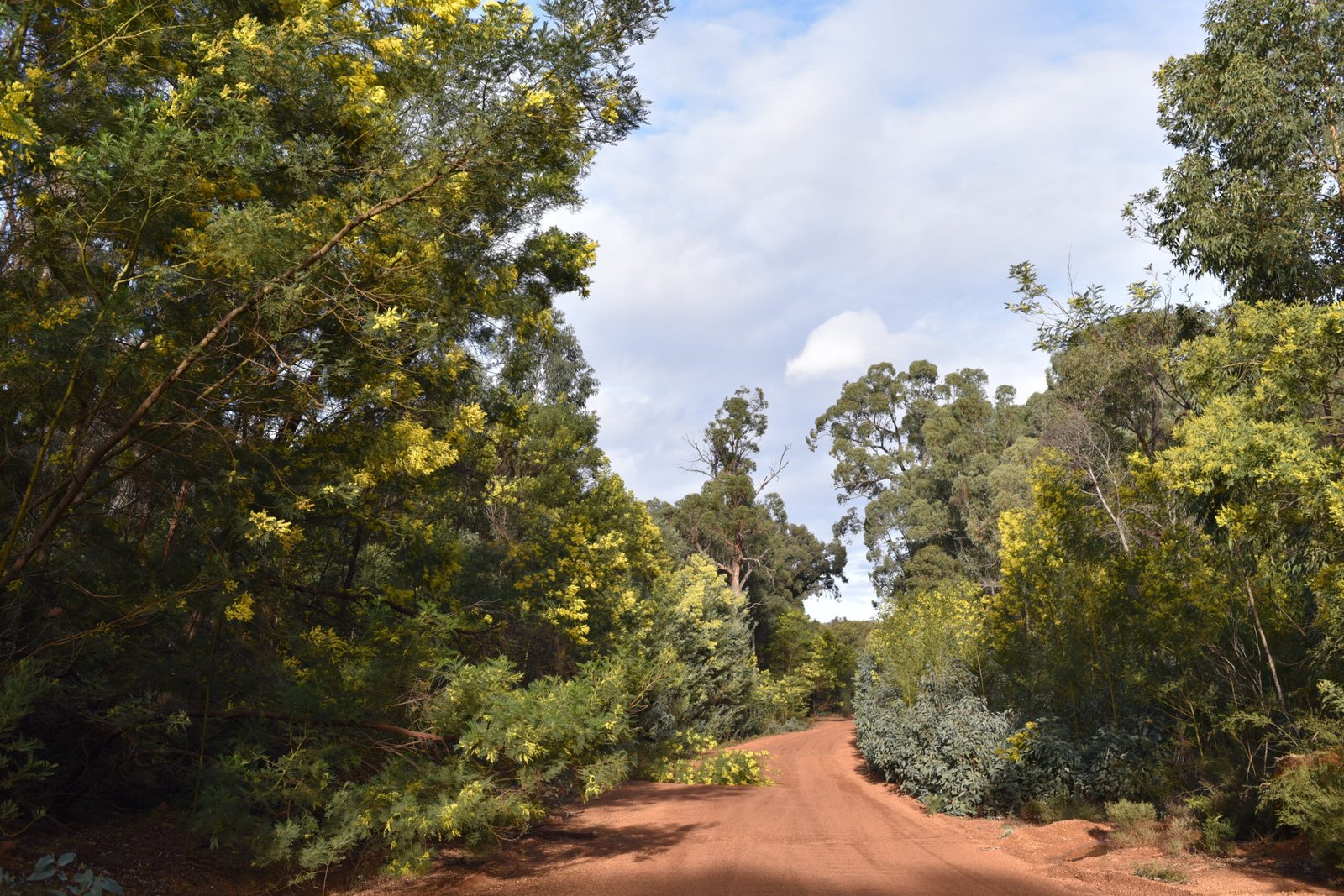
Wattles, or Acacias, are more than just beautiful trees; they are ecological powerhouses. Their roots fix nitrogen, enriching the soil for other plants. Their flowers feed insects and birds, while their seeds sustain mammals and people. Replanting wattles has a ripple effect, kickstarting the recovery of entire ecosystems. Projects across Australia have seen dramatic transformations as wattles return—bringing shade, stability, and a sense of place. The resurgence of these trees is not just an ecological victory; it’s a symbol of hope and reconnection with the land’s original rhythms.
Bringing Back the Yam Daisy
The yam daisy, or murnong, holds a special place in the hearts of many. Its delicate yellow flowers and sweet, starchy tubers were once a dietary cornerstone. Reviving this lost staple is an act of cultural healing as much as environmental repair. Community gardens, school projects, and scientific gardens are all experimenting with ways to bring murnong back to the landscape. Propagation is slow and sometimes challenging, but every new patch is a testament to resilience. As yam daisies reappear, so too does the knowledge of how to care for them, reconnecting people with the skills and stories of the past.
Fire: Nature’s Ancient Gardener

Fire, often feared, was once a gentle tool in the hands of Aboriginal land managers. Controlled burns created mosaics of habitats, encouraging biodiversity and preventing catastrophic wildfires. Today, ecologists are relearning the art of cultural burning, guided by Indigenous fire practitioners. These burns are carefully timed and measured, targeting specific species and promoting new growth. The return of fire as a tool, rather than a threat, is transforming landscapes—restoring not only plants but also the relationships that once flourished between people and place.
Invasive Species: The Ongoing Battle
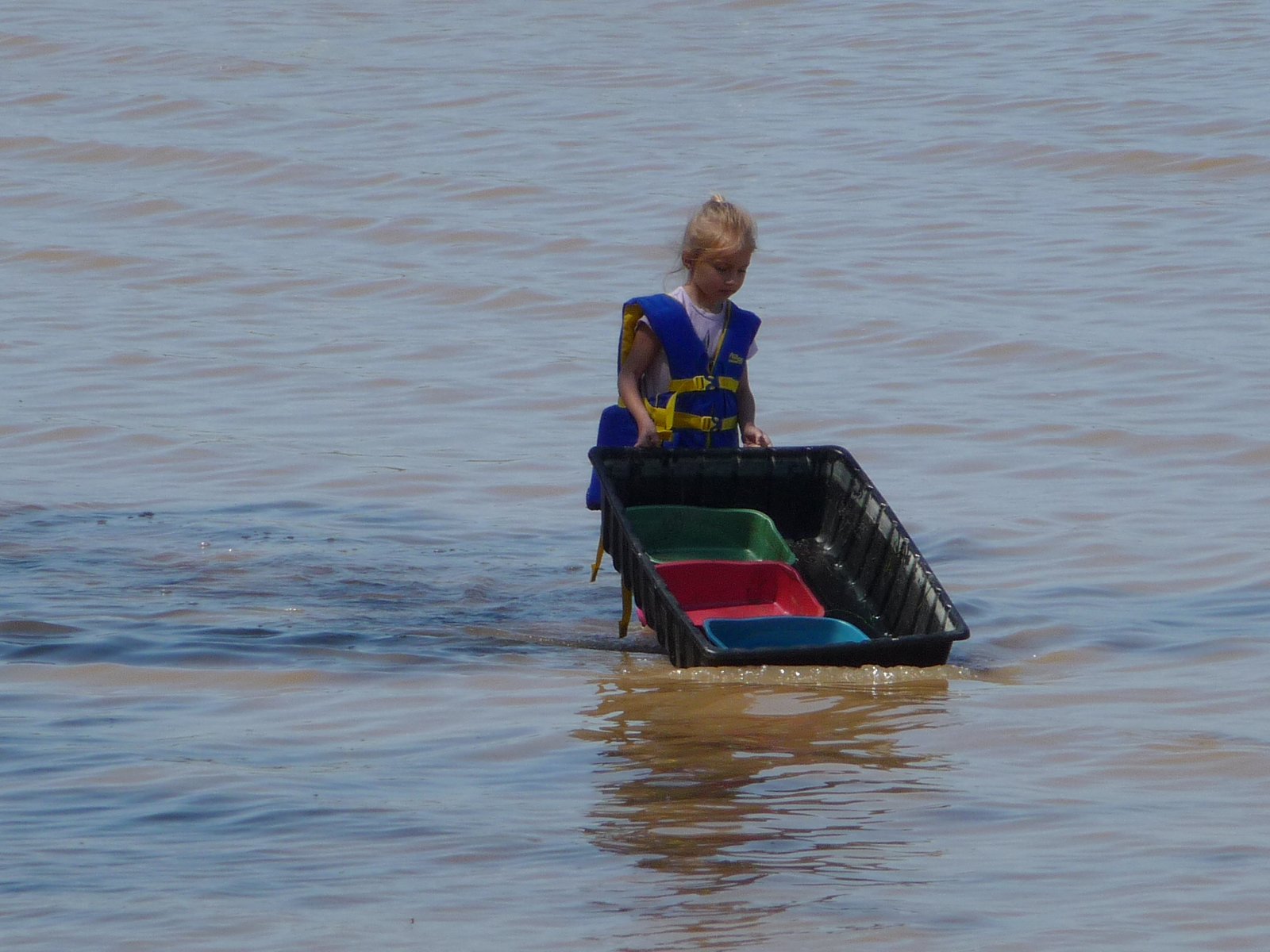
One of the biggest challenges in restoring pre-colonial ecologies comes from invasive plants and animals. European grasses, foxes, rabbits, and even earthworms disrupt the delicate balance of native ecosystems. These invaders often outcompete, eat, or alter habitats critical for native species. Restoration teams must be vigilant, employing a mix of manual removal, ecological engineering, and public awareness to fight back. The struggle is ongoing, but every patch of cleared land and every native seedling planted is a small but significant victory.
The Power of Collaboration
Restoration is not a solitary pursuit. It brings together Indigenous elders, scientists, schoolchildren, farmers, and volunteers, each contributing unique skills and perspectives. Collaborative projects blend traditional ecological knowledge with modern research, creating innovative solutions and fostering mutual respect. These partnerships build stronger communities as well as healthier landscapes. The journey of restoration is as much about healing relationships—between people, and between people and the land—as it is about plants.
Why Restoration Matters for the Future
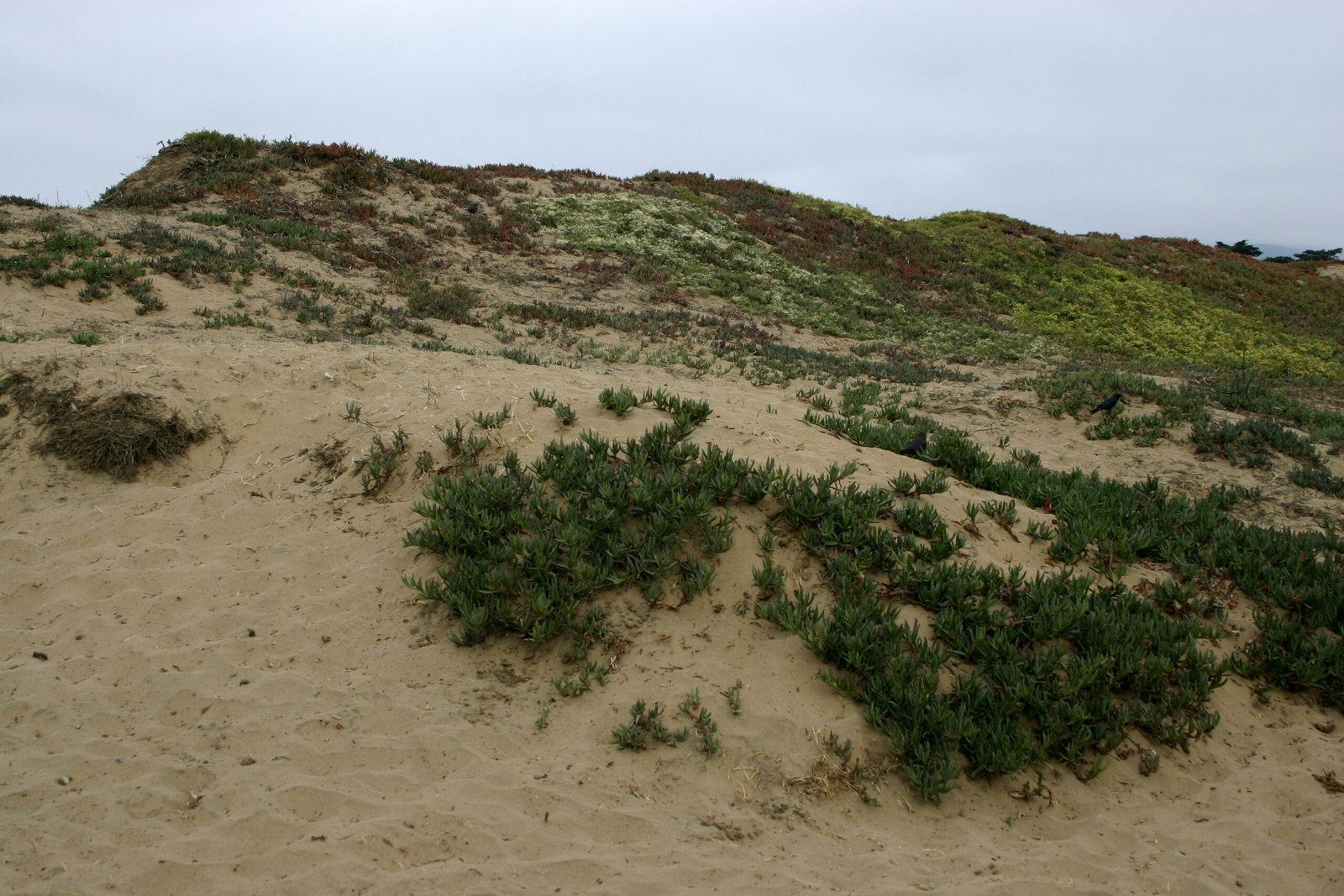
Restoring pre-colonial plant ecologies is about more than nostalgia for a lost world—it is a blueprint for resilience in the face of climate change and environmental crisis. Native plants are often better adapted to local conditions, requiring less water and handling extremes more gracefully. Reviving these ecosystems helps store carbon, support pollinators, and reduce the risks of flood and fire. Perhaps most importantly, it reconnects people to the land and to each other, grounding communities in a shared history and a hopeful vision for what lies ahead.
Learning from the Past, Shaping Tomorrow
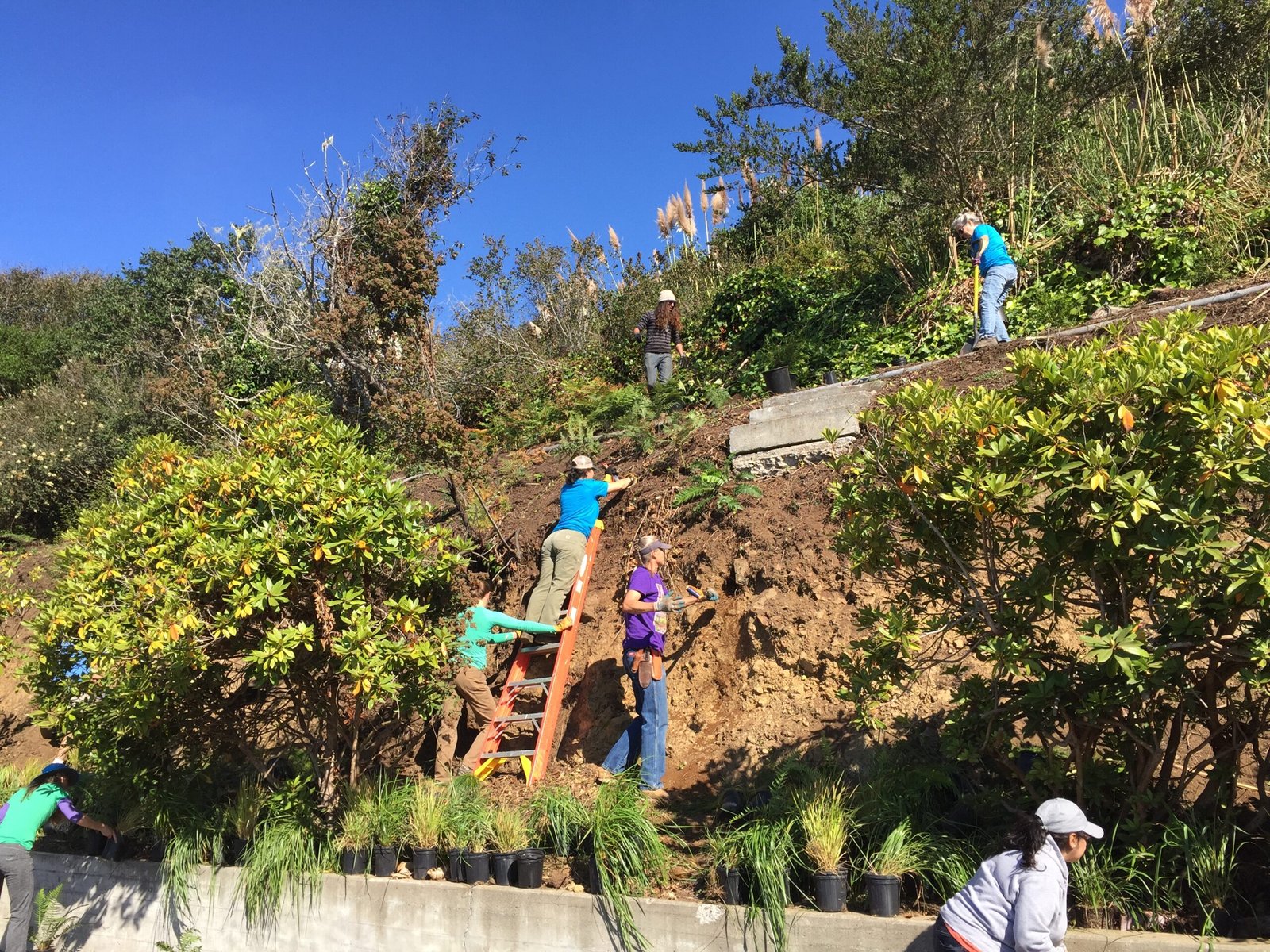
The movement to restore pre-colonial ecologies is a powerful reminder that landscapes are not static—they are living stories, shaped by the hands and hearts of generations. By looking back to the intricate, sustainable systems of the past, we gain insight and inspiration for building a future where people and nature thrive together. Each wattleseed planted and each yam daisy unearthed brings us closer to a world where the wisdom of the past lights the way forward, sparking new conversations and possibilities. What would your landscape look like if you could see it as it once was, and as it could be again?

